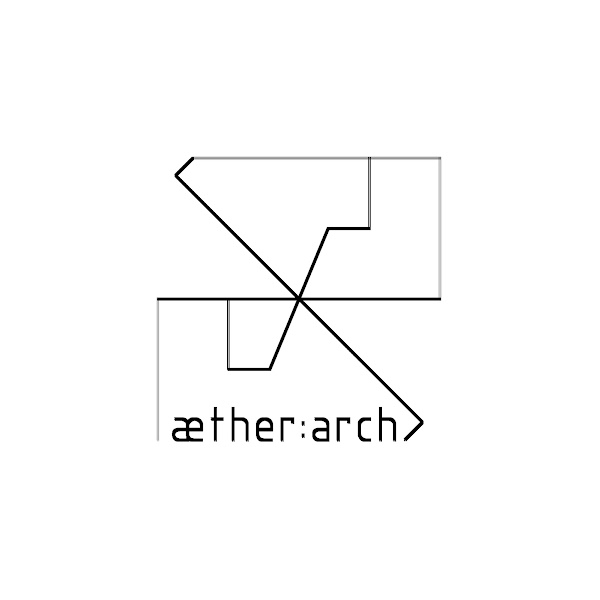Swarm Toolkit 0.2.1a (an early design application prototype, version for architectural design. developed within the Hyperbody group at TU Delft, as part of PhD research track of Tomasz Jaskiewicz, under supervision of prof. Kas Oosterhuis)
Swarm Toolkit 0.2.1u
rAndom International - Swarm Light, Responsive Light Installation 2010
Audience is an installation conceived by rAndom International in collaboration with Chris O'Shea and consists of around 64 head-size mirror objects. Each object moves its head in a particular way to give it different characteristics of human behaviour. Some chat amongst themselves, some shy away and others confidently move to grab your attention.
When members of the audience enter the perimeter of the installation, the mirrors inquisitively follow someone that they find interesting. Having chosen their subject, they all synchronise and turn their heads towards them. Suddenly that person can see their reflection in all of the mirrors. They will watch this person until they become disinterested, then either seek out another subject or return to their private chatter. The collective behaviour of the objects is beyond the control of the viewer, as it is left entirely to their discretion to let go of their subject, with the installation aiming to reverse the roles of the viewer and the viewed during this in-voluntary interaction. Will other members of the audience experience the sensation of being ignored or excluded when they are not the centre of attention? Would the installation create a feeling of un-ease and unsettlement? The intention was to start taking interaction with an installation further away from the screen or media wall and introduce it into a more physical, three-dimensional space, and to begin to investigate if machines can evoke diverse emotional reactions with the simplest of means. Audience was shown from September 12-14 at the Royal Opera House in London. The project will be presented in detail in London on November 15, 2008 at the BFI Southbank during the onedotzero festival and part of an edition of This Happened.
Graduate architecture studio project at SCI_arc in 2007. Hernan Diaz Alonso, and Benjamin Bratton were the instructors.
attractor fields (grasshopper using attractor fields)
little experiment with swarm in processing (processing.org)
Myron Krueger - Videoplace, Responsive Environment, 1972-1990s
While earning a Ph.D. in Computer Science at the University of Wisconsin–Madison, Krueger worked on a number of early interactive computer artworks. In 1969, he collaborated with Dan Sandin, Jerry Erdman and Richard Venezky on a computer controlled environment called "glowflow," a computer-controlled light sound environment that responded to the people within it. Krueger went on to develop Metaplay, an integration of visuals, sounds, and responsive techniques into a single framework. In this, the computer was used to create a unique real-time relationship between the participants in the gallery and the artist in another building. In 1971, his "Psychic space" used a sensory floor to perceive the participants' movements around the environment. A later project, "Videoplace," was funded by the National Endowment for the arts and a two-way exhibit was shown at the Milwaukee Art Museum in 1975.
From 1974 to 1978 M. Krueger performed computer graphics research at the Space Science and Engineering Center of the University of Wisconsin–Madison in exchange for institutional support for his "Videoplace" work. In 1978, joined the computer science faculty at the University of Connecticut, where he taught courses in hardware, software, computer graphics and artificial intelligence.
"Videoplace" has been exhibited widely in both art and science contexts in the United States and Canada, and it was also shown in Japan. It was included in the SIGGRAPH Art Show in 1985 and 1990. "Videoplace" was also the featured exhibit at SIGCHI (Computer-Human Interaction Conference) in 1985 and 1989, and at the 1999 Ars Electronica Festival. Instead of taking the virtual reality track of head-mounted display and data glove (which would come later in the 1980s), he investigated projections onto walls.
Krueger later used the hardware from Videoplace for another piece, Small Planet. In this work, participants are able to fly over a small, computer-generated, 3D planet. Flying is done by holding one's arms out, like a child pretending to fly, and leaning left or right and moving up or down. Small Planet was shown at SIGGRAPH '93, Interaction '97, Mediartech '98.
He envisioned the art of interactivity, as opposed to art that happens to be interactive. That is, the idea that exploring the space of interactions between humans and computers was interesting. The focus was on the possibilities of interaction itself, rather than on an art project, which happens to have some response to the user. Though his work was somewhat unheralded in mainstream VR thinking for many years as it moved down a path that culminated in the goggles and gloves" archetype, his legacy has experienced greater interest as more recent technological approaches (such as CAVE and Powerwall) move toward the unencumbered interaction approaches championed by Krueger.





















